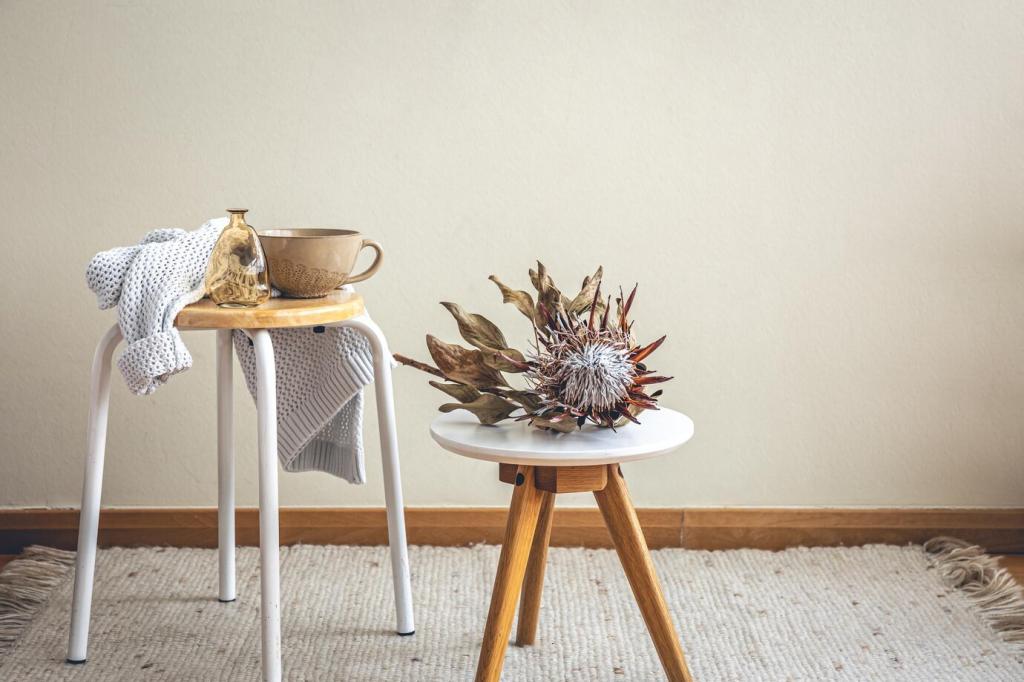Installation Methods with Minimal Footprint
Floating cork, bamboo, and laminate-like linoleum panels reduce adhesive use and make future repairs simpler. They also speed installation for weekend projects. Use flat, dry substrates and expansion gaps. Post your underlayment picks and we’ll compare acoustic and thermal performance in an upcoming guide.
Installation Methods with Minimal Footprint
When glue is necessary, choose water-based, isocyanate-free, and verified low-VOC formulas. Right trowel notch size prevents overspread waste, and a disciplined working time reduces cleanup. Sealers should be low-odor and easy to recoat. Tell us which products performed well in tight, winter-closed homes.
Installation Methods with Minimal Footprint
Cork underlay, recycled-fiber felt, and high-density PET rolls boost comfort, sound control, and minor leveling while maintaining a greener profile. Confirm compatibility with radiant heat and manufacturer warranties. Share your before-and-after sound impressions; we’ll compile reader data on real-world acoustic gains.

